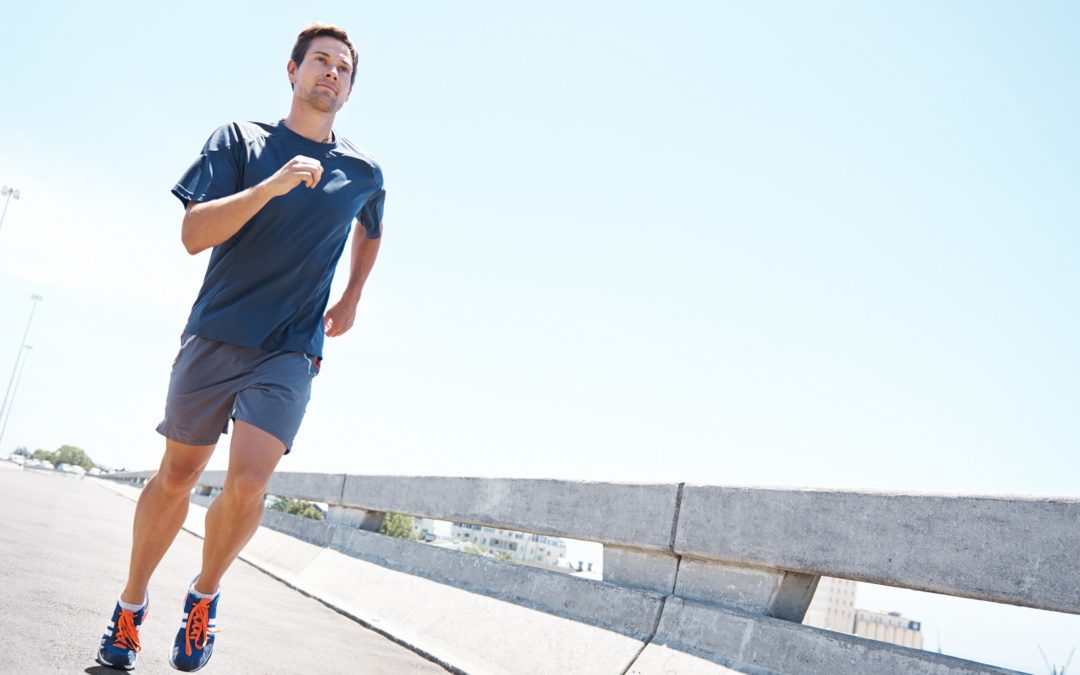As your body heals from addiction, what you see in the mirror will change in ways that might surprise you. Learn how one man learned to cope.
I do not remember much about the weeks before I got sober, but I have one enduring image in my brain. I am standing in front of a mirror, bottle of vodka in my hand. I am shirtless. I can count my ribs.
The girl on the bed behind me says “you look like a rock star.”
In my first six months of sobriety, I gained 30 pounds. Some of the weight gain was intentional; I’d been living on alcohol and cigarettes and pills, supplemented by one Big Mac and fries every other day or so. I was clinically underweight and malnourished when I got sober. Some weight gain was essential. Eating three meals a day was bound to make me healthier.
On the other hand, like so many addicts and alcoholics in sobriety, I quickly developed a raging sweet tooth. Alcohol is metabolized in the body as a sugar—and when you remove the alcohol from your system, your body may well start craving sugar. I became obsessed with See’s chocolates—milk, not dark—and Jelly Belly jelly beans. I would eat a box of chocolates and a bag of jelly beans every day just to sate the sugar cravings.
The pounds came on quickly, and soon, I had blown right past the ideal healthy weight and become a little, well… plump. I was soft, softer than I’d been since I lost my baby fat in seventh grade.
I didn’t like looking at myself in the mirror. I definitely didn’t look like a rock star.
More to the point, a diet heavy in sugar and fat isn’t healthy. The sugar made me tired, which forced me to drink gallons of coffee and caffeinated soda to stay awake. I felt like I’d traded one addiction for another, which of course I had.
My sponsor suggested I try exercise, to help get my brain the feel-good chemicals it needed naturally, without the sugar. I started walking in the mornings, then jogging. Part of the motivation was vanity; I wanted to lose the extra weight. Part of it was emotional, as I also wanted the endorphin rush that came from working out.
I got hooked on exercise fast. The disease moves laterally, after all; soon I was training for a half marathon, and then the full 26.2-mile distance. The weight came off again. I was fortunate to have my sponsor watching me closely. He wouldn’t let me make running into my Higher Power. I could only exercise after meeting my spiritual commitments in the program. As healthy as running can be, it is no substitute for the Twelve Steps.
We live in a culture where almost everyone seems to struggle with body image issues. As addicts, we are often more sensitive than others to how we are perceived. Eating disorders run rampant in Twelve Step programs. The key to success is finding a program of diet and exercise that works for you, and that works in tandem with your recovery program. And always, no matter how important diet and exercise may become for you, the maintenance of your spiritual condition through the program must come first.

